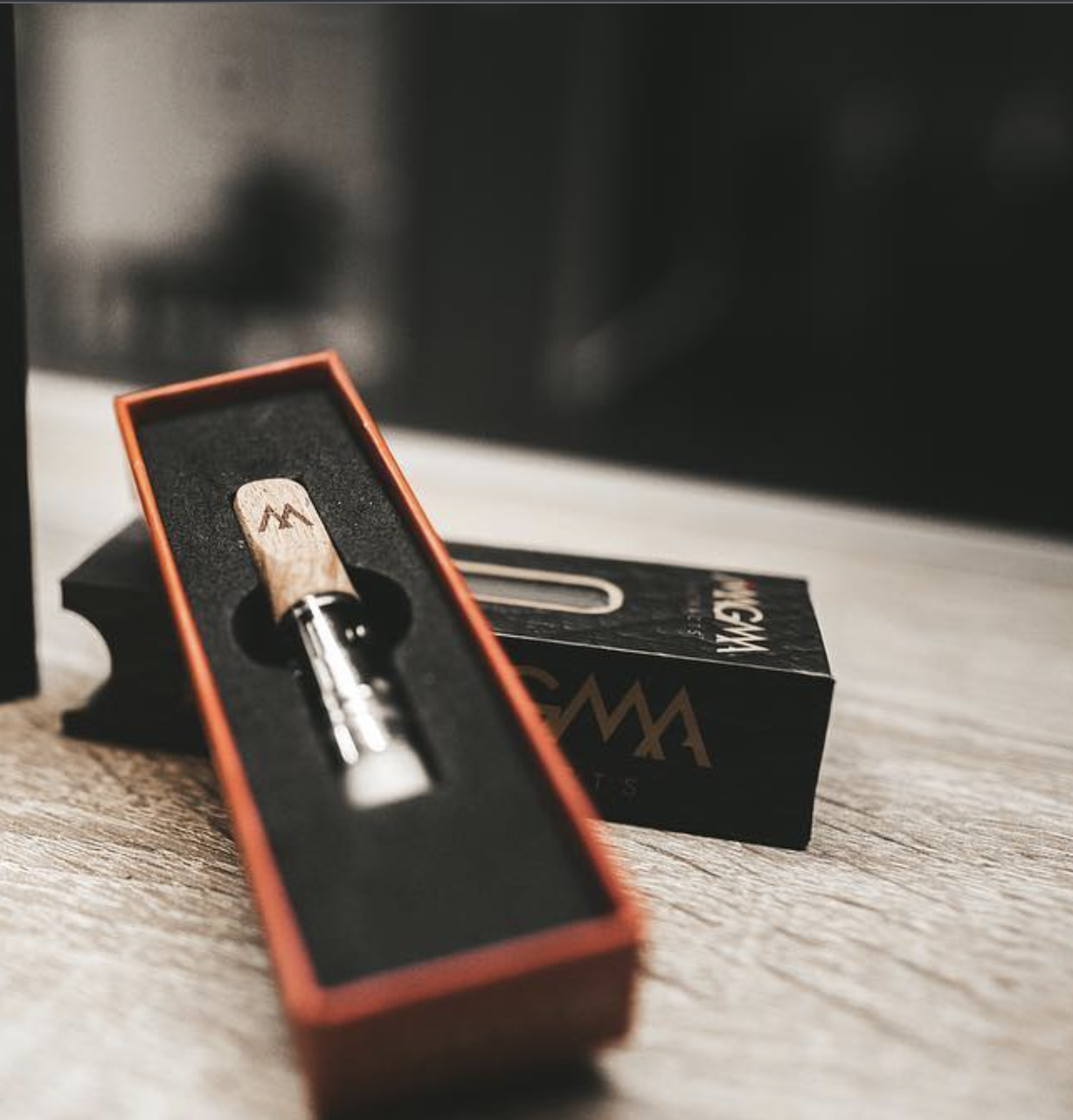Vaping 101: Understanding the Basics of Vaping
Vaping provides a smoke-free avenue for the consumption of cannabinoids found in cannabis, such as THC, CBD, and other minor cannabinoids. In essence, vaping involves heating a cannabis concentrate and inhaling the resulting vapor. However, delving into the world of vaping requires an exploration of the different types of devices, their functionalities, battery compatibility, and potency considerations.

What is a vape? Referred to by various names such as e-cigarette, e-cig, or vape pen, a vape is the device central to the act of vaping. Available either as an all-in-one disposable product or a rechargeable battery with replaceable cartridges, vapes house liquid cannabis products like distillate, full-spectrum extract, or live resin.
How does vaping work? Regardless of the device type, vapes share four fundamental components: a mouthpiece, tank or reservoir, heating element, and battery. The liquid cannabis product resides in the tank, and instead of burning, it is heated, producing vapor that is then inhaled. Activation of the heating element is achieved by either pressing a button or inhaling, with some units providing control over temperature and dosage.
Vaping vs. smoking: The differences Vaping stands apart from smoking as it involves no substance combustion, resulting in minimal smoke production. Despite these differences, whether through vaping or smoking, the absorption of THC remains similar—quickly moving to the brain via blood absorption in the lungs, leading to almost immediate effects.
Types of vaping devices Vapes are broadly categorised into disposable vape pens, 510-thread cartridges, and closed-loop systems, each with distinct functionalities.
Disposable vape pens: These pre-filled, all-in-one devices are disposed of entirely after use, including both the tank and battery. Some versions are rechargeable.
510-thread cartridges: Sold separately from the battery, these universally compatible tanks feature a 510 screw threading. The battery can be recharged and used with different cartridges.
Closed-loop systems: Exclusive to a particular brand, these vapes work solely with proprietary cartridges and batteries. There is no cross-compatibility with other brands.
Vape carts and potency The cannabis concentrate in a vape cartridge varies in cannabinoid content, from high-THC to CBD-dominant or balanced products. Potency can be over 900 milligrams per gram (90%) THC, requiring careful consideration before use.
Vape batteries and compatibility When selecting a vape battery, it’s essential to match it with the intended pre-filled cartridges. Some batteries are brand-specific, while 510-thread batteries offer more universal compatibility.
Pros and cons of vaping devices Each type of vape device comes with its own set of advantages and drawbacks, considering factors such as price, convenience, and compatibility.
Pros and cons table:
Type |
Pros |
Cons |
|---|---|---|
Disposable vape pen |
Lower price, preset temperature, produces waste |
Faulty battery requires full replacement, limited strain choices, more waste |
510-thread cartridge |
Lower price, reusable batteries, extensive strain choices, less waste |
Temperature customisation depends on battery, disposable cartridge produces waste |
Closed-loop system |
Preset temperature, “smart” features, less waste |
Higher cost, limited strain choices |

